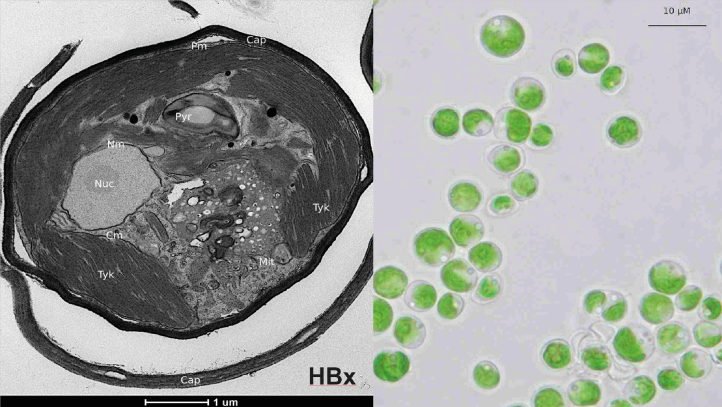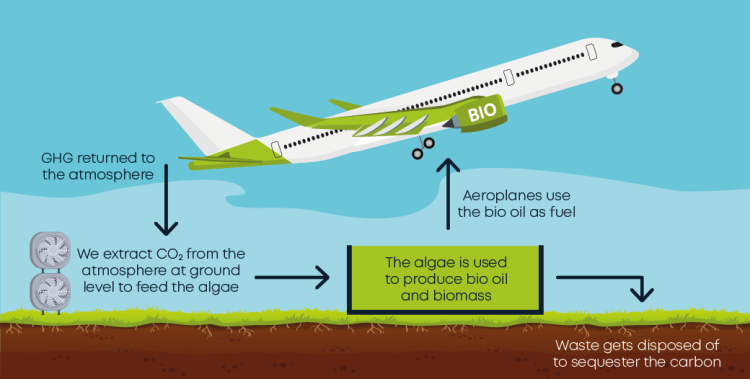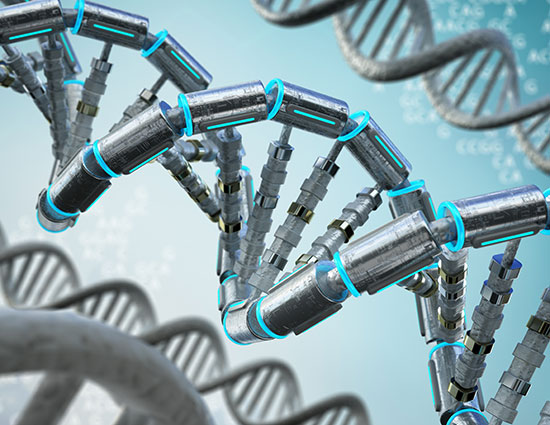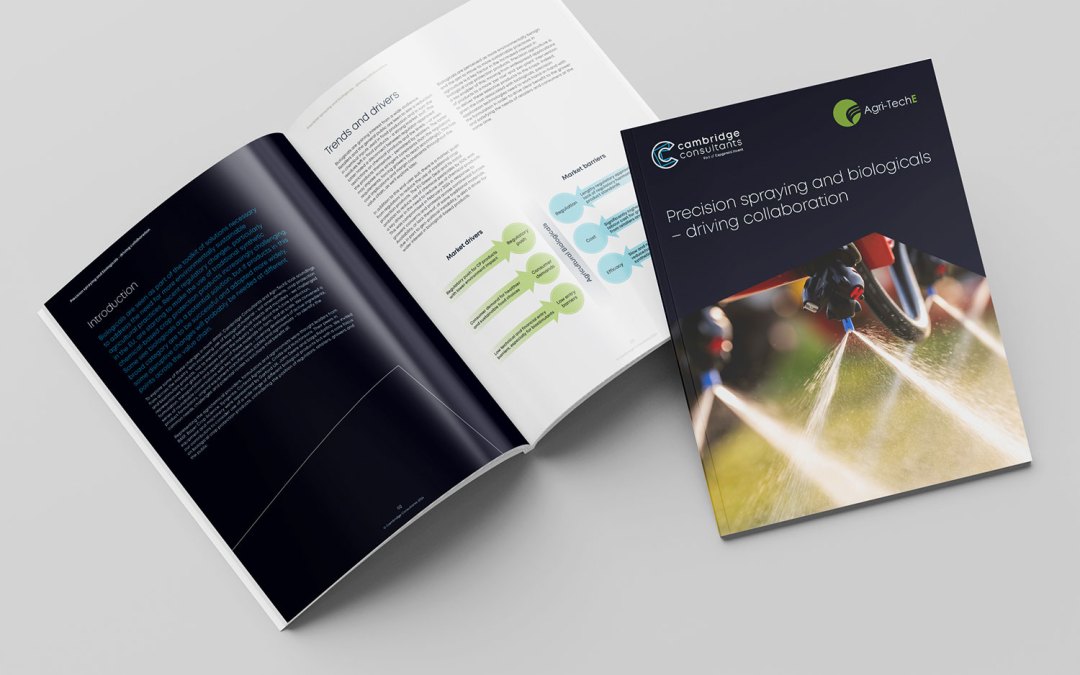Decarbonising aviation is a herculean task. Even an aircraft as fuel efficient as Boeing’s 787 Dreamliner uses 30 tonnes of kerosene to fly across the Atlantic. Batteries can’t be expected to achieve the power to weight ratio needed to replace this fuel. For all the interest in green hydrogen and related synthetic fuels it will be decades before a truly zero-carbon airliner can be expected to be carrying passengers.
Does this mean that there is no future for the aviation industry in a net zero world? Boeing is pinning its hopes on biofuels – hydrocarbon-based liquids derived from plants – in order to keep flying. The problem is that these oil-bearing plants compete with arable crops for food production or require the transformation of virgin rainforest to oil-palm plantations – often at enormous environmental cost.
Against this challenge, the HBx organism from HutanBio holds the potential to radically change both the carbon intensity of transport fuels and the economics of the biofuel industry. Traditional biofuels are generally based on ethanol, fermented from sugars derived from food crops like corn or sugarcane.
Typically, these fuels are used as additives to gasoline / petrol. Alternatively, biodiesel is plant oil / lipid-based and derived from oil seeds like canola (in temperate regions) or oil-palm (in tropical regions). Such crops use all the usual resources of intensive agriculture – large areas of arable land, big machines with significant fuel requirements, prodigious application of fertilisers and agri-chemicals.
We help our customers develop breakthrough products and services within their markets

A prodigious store of bio-oil
By contrast, HBx is a single-celled microalgae that lives in seawater. It can be ‘farmed’ by being contained in little more than a glorified polythene bag, fed with sunlight and CO2 and some trace nutrients. HBx reproduces by cell-division every couple of days. It lays down a prodigious store of bio-oil, which can be used without refining in an unmodified diesel engine or hydrogenated into other products such as kerosene for use in sustainable aviation fuel.
In terms of productivity, the potential yields are enormous. Analysis here at CC suggests that >120 tonnes of fuel per year per hectare of photo-bioreactor growth area is achievable. Compared to conventional biofuels this figure is roughly 100 times greater than rapeseed and 20 times greater than palm oil.
Because its primary growth environment consists of little more than polythene bags filled with seawater, it can be grown in desert environments, well away from population centres and without competing for freshwater or for land uses such as agriculture or housing.
Less than 0.1% of the world’s desert regions would be sufficient to supply the world’s entire aviation industry with 100% biofuel. This is still a lot – roughly two million hectares – but is roughly the same amount of land as is currently used for golf. For a problem of this scale, it is not unimaginable.
There’s no doubt that it is an industry that faces a very specific set of problems. Most other industries that need to decarbonise can already identify a path to net zero. In some cases, this is simple. You start by decarbonising electricity production and then you electrify everything. For aviation this route is closed.

The challenge of decarbonising aviation
It is sometimes suggested that at only 2.5% of global CO2 emissions, aviation’s decarbonisation challenge could perhaps be ‘left ‘til last’ once the bigger problems of electricity generation, surface transport, heating and so on have been dealt with. This suggestion though obscures a number of unfortunate factors.
Firstly, emitting CO2 (plus NOx and H2O) at high altitude contributes to higher global warming than at ground level – the radiative forcing effect more than doubles the real global warming potential. Secondly, emissions from flying are massively skewed towards the countries and individuals who most need to slash their carbon footprint. Globally, 80% of the world’s population has never been on an aeroplane. Of those who have, only a fifth have ever flown long-haul.
For those of us who do fly, the proportion of our individual carbon footprint that is due to flying is much greater than 2.5%. In my own case until I took steps to limit it, this proportion was 90%. Aviation is therefore a source of significant socio-economic and carbon inequality. There is much to overcome, but it might just be that the HBx organism – a tiny green dot smaller than the cross section of a human hair – represents the foundation of an innovation that could transform the air industry.





